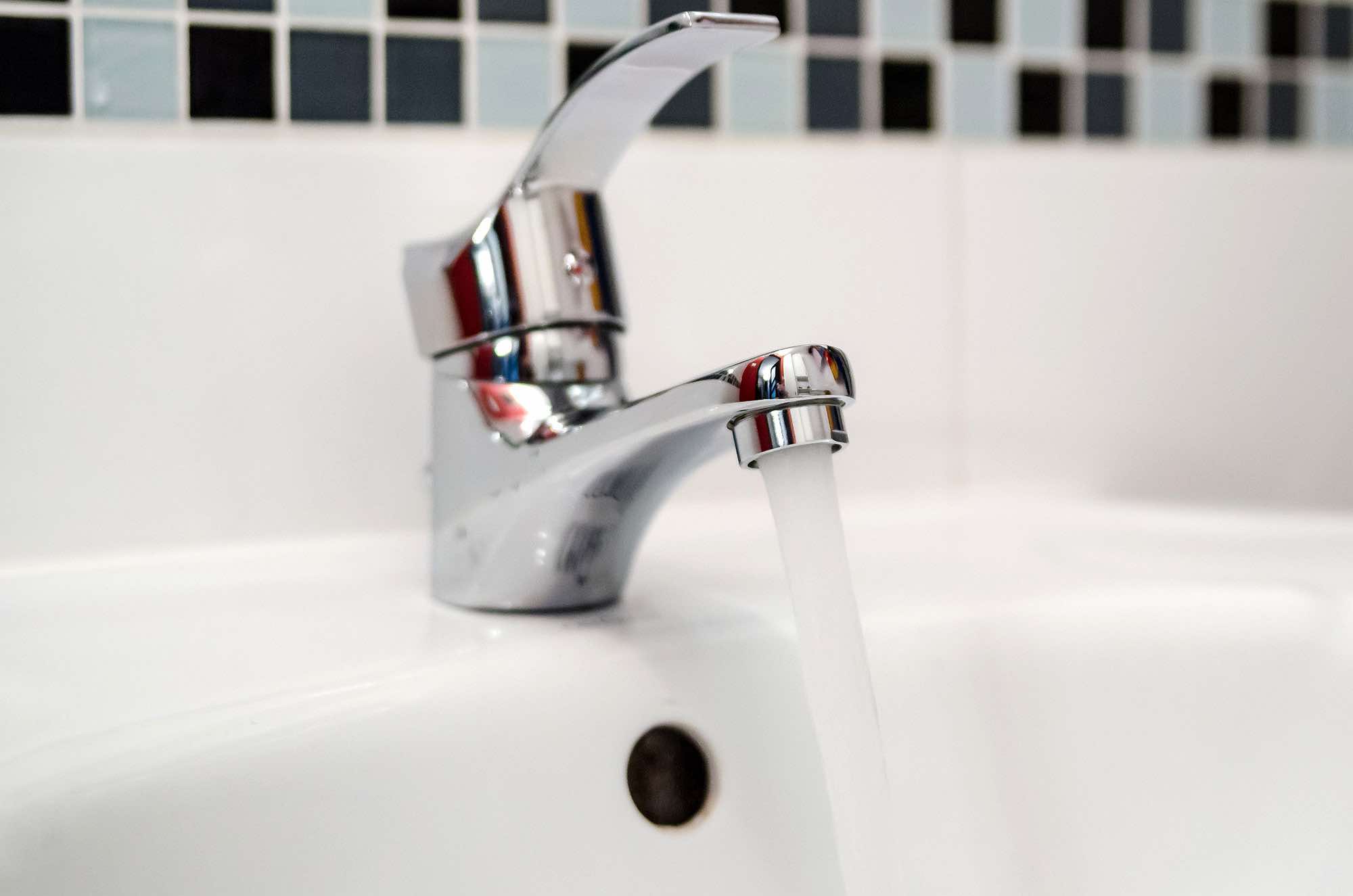Many people don’t realize how important it is to inspect their house on a regular basis. You may be able to do a complete inspection on your own, but if not, consider hiring a home inspector. Inspectors are trained professionals, sometimes with years of experience in the construction industry, and will know where to look for problems.
There are five basic types of inspections that should be done regularly: structure, energy, decks, septic and well, and dryer exhaust.
Usually, a whole-home inspection is done when a house is sold, during the closing process. However, more people are opting to forgo a home inspection in order to have their offer accepted. If you’re in this situation, and you’ve taken possession of a house without an inspection, try to have one done as soon as possible. A professional inspection isn’t inexpensive when you consider that problems may be lurking.
If you’ve lived in the house for awhile, an inspection can be done every three to five years. However, this doesn’t preclude the homeowner from doing their own inspections. Knowing how to do a basic maintenance inspection part of the responsibility of owning a home. Look at these things annually: roof, chimney, attic, damp, mould, pests, crawl space, and swimming pool.
An annual DIY energy audit will help you save money in heating and air conditioning. As buildings age, joints and seals shift and open up. This can cause air leakage to the outside or infiltration on windy days. The procedure to find leaks is simple. Begin by closing all windows, exterior doors, and fireplace flues. Next, turn on all the exhaust fans, such as range hood and bathroom fans, and the dryer. You can also use a box fan in a window providing it’s relatively well sealed. The objective is to create a suction or negative pressure environment in the house.
Next, use a lit incense stick or smoke pencil to find air leaks around common sources. The most common places for cold air infiltration are found on exterior walls. Electrical outlets, utility entrances, and doors and windows should be checked. Don’t forget about pass-through air conditioners, fireplace dampers, furnace exhaust pipes, and dryer vent pathways. Make a list of all the places where the smoke pencil shows there is air either coming in or going out. Ask the sales associate at your local building centre what you need to address problems at each particular location.
Decks are a critical structure, and a safety inspection should be done regularly, preferably by a professional. Decks are often built by homeowners without permits or inspections. They have been known to collapse during a large gathering so make sure yours is safe. If you’re buying a home, ask the inspector what to look for so you can do the next one yourself. If the deck is in good shape, have it looked over with your triennial inspection.
For homes in rural areas, an regular inspection and possible emptying of the septic tank is a good idea. Some areas experience high levels of run-off in the spring and thunderstorms in the summer that can cause a septic system to overflow. A soggy backyard is unsanitary and could lead to health problems. Have the well water checked annually for pathogens. As an added safeguard, consider installing a whole-home UV sterilization system to keep your family safe and healthy.
Dryer vents should be checked and cleaned annually. Dryer lint is flammable and the potential for fire increases with each foot of ductwork in place before air is exhausted outside. Signs that your dryer ducts are restricted include clothes taking longer to dry and very hot clothes when the cycle is done. Begin with a professional duct cleaning. While the technician is there, ask him to replace the mylar duct tube with a solid metal one. They’re safer and more efficient.
With regular inspections, your have a better idea of what needs to be fixed and when. Regular maintenance will make your home safer and more enjoyable.
Contact us today for a referral to a qualified home inspector.

